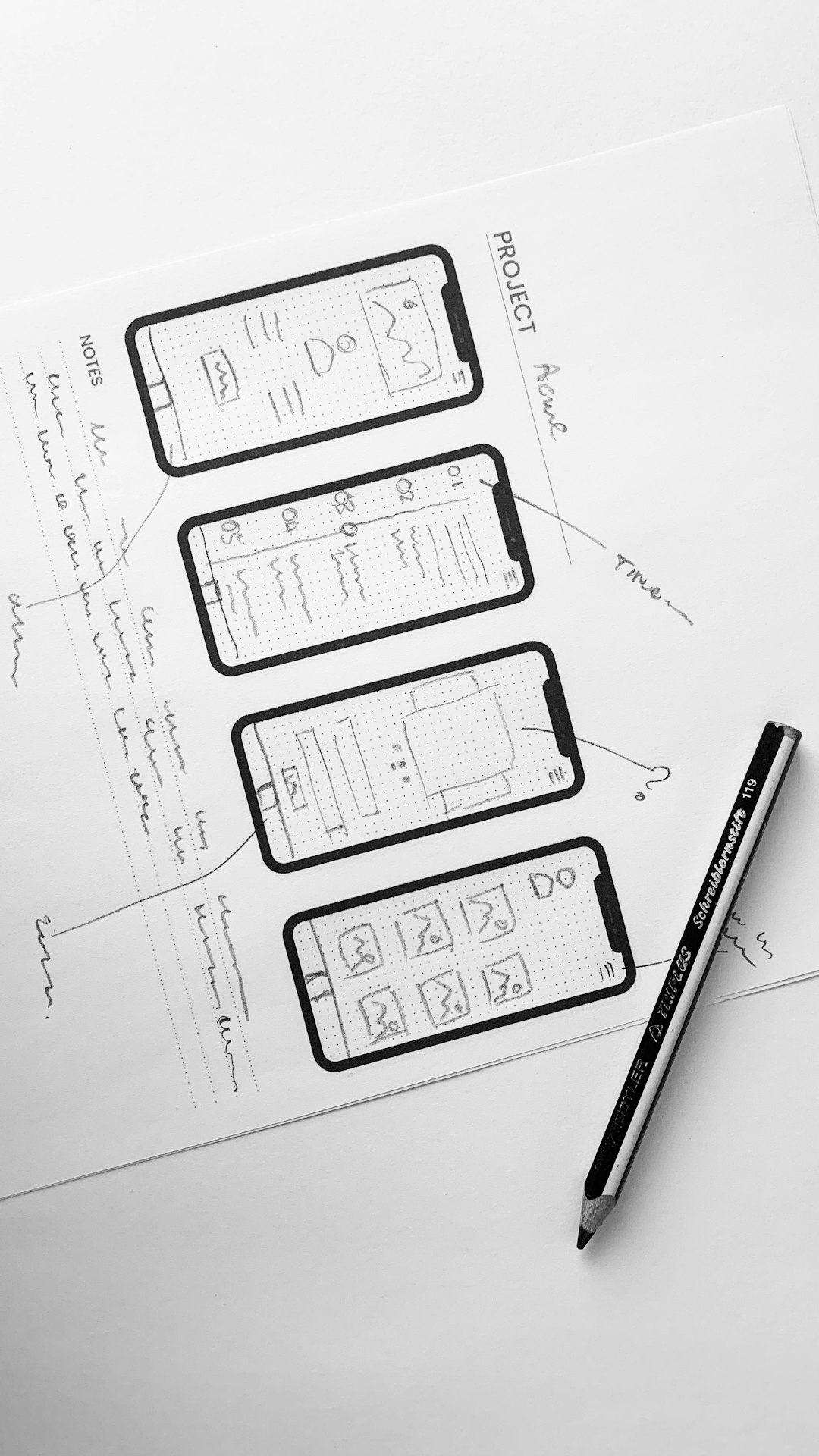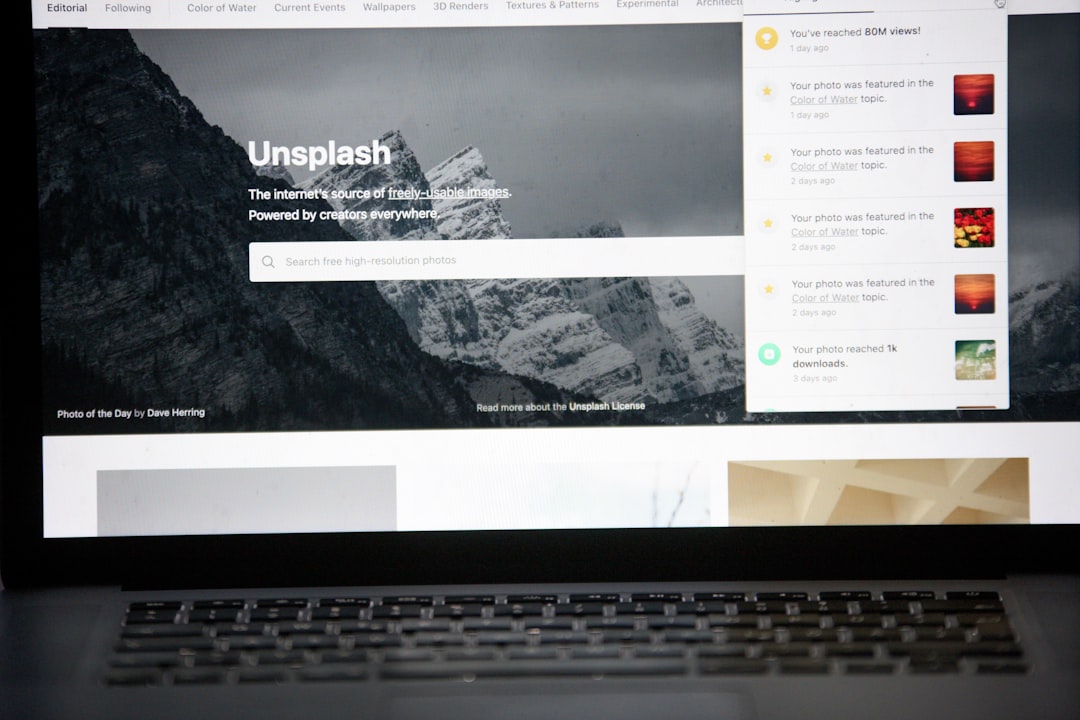In the ever-evolving digital landscape, building a website that not only looks sleek but also actively converts visitors into customers is no longer optional—it’s strategic. As we step into 2025, the integration of artificial intelligence (AI) into web development has shifted from novelty to necessity. But how can one create a truly AI-powered website that delivers measurable ROI? Let’s explore the roadmap to building a site that converts consistently and intelligently.
1. Define Your Website’s Conversion Goals
Before diving into AI tools and fancy features, it’s crucial to set clear objectives. Ask yourself: What do you want visitors to do? It could be signing up for a newsletter, booking a consultation, or making a purchase. Without well-defined conversion goals, even the most intelligent systems won’t deliver results.
2. Leverage AI for Smart Personalization
Personalization has evolved beyond simply adding a user’s name. With AI, websites can deliver dynamic, behavior-based content tailored to individual visitors in real time. Examples include:
- Product recommendations based on browsing history
- Pricing models that adapt based on user location or device
- Chatbots that remember previous conversations
AI-enhanced personalization can drastically improve engagement and encourage repeat visits.

3. Incorporate AI Chatbots that Understand Intent
Generic FAQs are outdated. Today’s AI chatbots utilize natural language processing (NLP) to understand context, intent, and emotions. These bots handle more than just basic queries—they help users navigate the site, provide personalized suggestions, and even close sales.
Pro tip: Train your chatbot using real customer data to make interactions feel more human.
4. Use AI-Curated Analytics for Data-Driven Decisions
Gone are the days of manually analyzing heatmaps and bounce rates. In 2025, smart analytics platforms use AI to interpret user behavior patterns and recommend actionable improvements. Some common insights include:
- Which CTAs are being ignored
- Segments of content causing user drop-off
- Demographics most likely to convert
By letting AI parse through large volumes of data, digital marketers can focus on strategy rather than spreadsheets.
5. Optimize Copy and Design Using AI Feedback Loops
Most websites suffer from “conversion friction”—unclear messages, cluttered layouts, or slow-loading pages. AI tools can test different versions of your content, track user responses, and iterate on what works best. These features include:
- A/B testing automation: Run multiple experiments simultaneously.
- Voice tone optimization: Ensure consistency in brand messaging using NLP.
- Real-time error detection: Get alerts when conversion pages underperform.

6. Integrate AI-Powered SEO Features
Being discoverable is still key to digital success. AI now powers entire SEO strategies—from identifying keyword gaps to analyzing competitor content. Features to look for in AI-based SEO tools include:
- Automated metadata and schema suggestions
- Voice search optimization recommendations
- Real-time keyword trend monitoring
This not only saves time but ensures that your website ranks for today’s most relevant queries.
7. Enable Predictive Lead Scoring
AI can analyze historical user behavior to predict which leads are likely to convert. This lets you focus your marketing efforts and automate follow-ups based on lead quality. Rather than relying on manual scoring systems, machine learning assesses:
- Session duration and pages visited
- Engagement with content and CTAs
- Demographic and behavioral alignment with previous conversions
Predictive analytics put your outreach on autopilot—and improve sales team efficiency.
8. Prioritize Mobile Experience with AI Input
More than 60% of global web traffic comes from mobile devices. AI can help optimize load times, rearrange layouts based on screen size, and even suggest design improvements based on mobile interactions. Features like mobile-specific chatbots or voice search integration are becoming essential.
Conclusion: Embrace AI as Your Conversion Copilot
Building a conversion-oriented website in 2025 means leaving behind guesswork and embracing data-driven accuracy. AI gives you the tools not just to attract visitors but to serve them in ways that feel intuitive, seamless, and human. Whether you’re launching a new site or optimizing an existing one, following this roadmap will ensure you’re not just keeping up—but leaping ahead.
Bonus Tip: The most successful AI-powered websites focus on ongoing learning. Let the system evolve as your audience grows and expectations change. After all, in the world of digital strategy, the only constant… is change.
